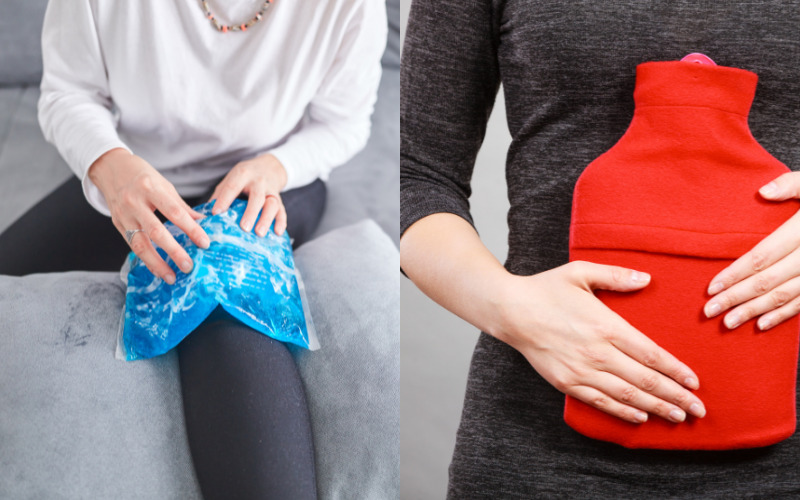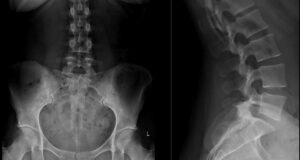When it comes to injury recovery or managing sore muscles, two common therapeutic methods often come to mind: heat and ice. Both have been widely used for decades to alleviate pain and promote healing. But which one is better?
In this blog post, we will explore the benefits of heat and ice therapy, their specific use cases, and how they can help you recover effectively.
The Power of Heat Therapy
Increased Blood Flow:
Applying heat to an injured area dilates blood vessels, promoting better circulation. This can be quite beneficial for osteoarthritis.
Muscle Relaxation:
Heat therapy can help relieve muscle spasms and reduce muscle stiffness. It relaxes the muscles and promotes flexibility, making it an excellent choice for chronic conditions like arthritis or tense muscles.

Pain Relief:
Heat can alleviate pain by blocking pain signals and reducing discomfort. It stimulates sensory receptors, which can override the pain signals reaching the brain, providing temporary relief.
The Benefits of Ice Therapy
Reducing Inflammation:
Cold therapy constricts blood vessels, reducing blood flow to the affected area. This constriction helps decrease inflammation, swelling, and bruising. Ice therapy is particularly beneficial for acute injuries, such as sprains, strains, or bruises.

Numbing Effect:
Ice numbs the nerve endings in the injured area, providing immediate pain relief. It acts as a local anesthetic, helping to alleviate acute pain and discomfort.
Controlling Swelling:
Ice therapy helps prevent excessive swelling by restricting blood flow and limiting the buildup of fluids in the injured tissues. This can aid in reducing the overall recovery time.
Choosing the Right Method
Acute Injuries:
For recent injuries with swelling and inflammation, start with ice therapy during the first 48 hours to control swelling and reduce pain. Ice should be applied in short intervals (15-20 minutes) with breaks in between.
Chronic Conditions:
For chronic pain or stiffness, heat therapy is more suitable. Applying heat before exercise or physical therapy sessions can help loosen muscles and joints, making them more receptive to stretching and movement.
Alternating Heat and Ice:
In some cases, a combination of heat and ice therapy can be beneficial. Alternating between the two can help stimulate blood flow, reduce inflammation, and provide pain relief. You can use the alternating method to reduce pain and discomfort associated with neck pain.
Heat and ice therapy are valuable tools for managing pain, reducing inflammation, and promoting healing. Understanding the benefits of each method and their specific applications can help you make informed decisions about which approach to use. Remember to consult with one of our chiropractors if you have any specific concerns or questions regarding heat or ice therapy. By incorporating these techniques into your recovery routine, you can optimise your healing process and get back to your best self sooner!





